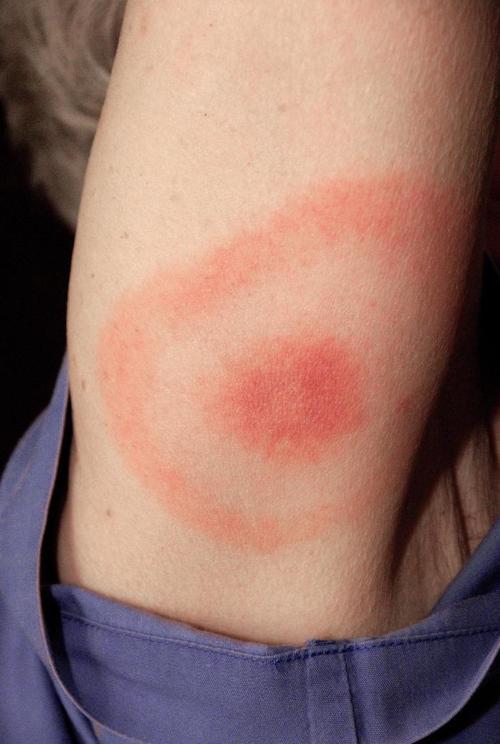
Spider Bite Rash: A Comprehensive Guide
Have you ever been bitten by a spider and noticed a rash on your skin? Spider bites can be alarming, and the rash that follows can be quite distressing. In this article, we will delve into the details of spider bite rash, including its causes, symptoms, treatment, and prevention. By the end, you’ll have a better understanding of what to do if you find yourself in such a situation.
Understanding Spider Bite Rashes
Spider bite rashes can vary in appearance and severity, depending on the type of spider and the individual’s immune response. While most spider bites are harmless, some can cause serious complications. Here’s what you need to know about spider bite rashes.

| Spider Type | Common Symptoms | Severity |
|---|---|---|
| Black Widow | Severe pain, redness, swelling, nausea, vomiting, fever | High |
| Brown Recluse | Red, blue, or purple skin discoloration, fever, chills, nausea | High |
| House Spider | Mild pain, redness, swelling | Low |
As you can see from the table, the severity of a spider bite rash can range from mild to severe. It’s important to be aware of the symptoms and seek medical attention if you suspect a severe bite.
Common Symptoms of Spider Bite Rashes
Spider bite rashes typically present with the following symptoms:
-
Pain at the bite site
-
Redness and swelling

-
Bruising or discoloration of the skin
-
Itching
-
Fever and chills
-
Nausea and vomiting
These symptoms can appear within minutes to hours after the bite, and may worsen over time. If you experience any of these symptoms, it’s important to seek medical attention promptly.
Treatment for Spider Bite Rashes
The treatment for a spider bite rash depends on the severity of the bite and the individual’s symptoms. Here are some common treatment options:
-
Wash the bite site with soap and water to prevent infection.
-
Apply a cool, wet compress to reduce swelling and pain.
-
Take over-the-counter pain relievers, such as ibuprofen or acetaminophen, to manage pain and inflammation.
-
Seek medical attention if symptoms worsen or if you suspect a severe bite.
In severe cases, medical professionals may administer antivenom, antibiotics, or other medications to treat the bite. It’s crucial to follow the advice of a healthcare provider to ensure proper treatment.
Preventing Spider Bite Rashes
Preventing spider bite rashes involves taking certain precautions to avoid encounters with spiders. Here are some tips to help you stay safe:
-
Keep your home clean and clutter-free to reduce spider habitats.
-
Seal gaps and cracks around your home to prevent spiders from entering.
-
Wear gloves when handling items that may have been in a spider’s web.
-
Be cautious when walking in areas with high spider populations, such as woodpiles or tall grass.
-
Keep outdoor lights off at night to reduce spider activity.
By following these precautions, you can significantly reduce your risk of encountering spiders and developing a spider bite rash.
Conclusion
Spider bite rashes can be a cause for concern, but with proper knowledge and precautions, you can minimize your risk of encountering these pests. If you do experience a spider bite, be aware of the symptoms and seek medical attention if necessary. By staying informed





